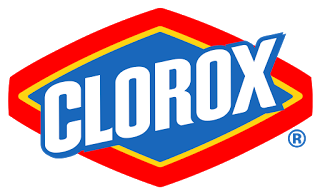How to Communicate Superior Value through your Product Claims

Jee Ahn (Senior Consumer Insights Manager at The Clorox Company) and Paul Janssen (VP North America at SKIM) started the afternoon session off with a bang by talking about how Clorox has been able to communicate their superiority in categories with not much differentiation.
A common approach to this problem is to create hard-hitting comparative claims to help differentiate the brands. With all else equal, consumers choose the one with the highest perceived value (benefit).
Brand comparisons can successfully contribute toward reaching certain goals. By leveraging positive associations consumers have with a more established brand, a brand can:
--- Establish credibility for new entrants
--- Help overcome specific barriers to purchase, such as quality concerns
There are, however, also serious risks involved with using brand comparisons.
--- Is often judged negatively (bashing)
--- Can remove focus from the key benefit
--- Can undermine a brand's credibility
How does Clorox communicate superior value without these side effects? By understanding that consumer perception equals realty. As an example they listed two claims side-by-side. One claim said, '10x more moisturizers), while the other claim said, '1/4 moisturizing cream.' Consumers preferred the claim of '10x more'.' because there is no context or understanding about how valuable '1/4 moisturizing cream' actually is.
3 Principles of Creating Superior Value Perception
#1 Always focus on the key benefits
--- Position yourself on the basis of what matters to consumers
#2 Make your promise tangible
--- Be specific in how much value (benefit) you have to offer
#3 Creatively define your benchmark
--- It is not about comparing per se but about establishing a sense of superiority
So, what do you do when the primary benefit is experiential (subjectivity is the norm) and most of these principles don't apply? For instance, taste is not something you can claim, but rather something you can show.
#1 Use compelling taste descriptors to bring the product experience to life.
--- It will help consumers paint a mental picture of the delicious taste they are looking for (e.g. 'Fresh butter taste').
#2 Emphasize the quality or origin of the ingredients, not the process.
--- Consumers know that good quality ingredients result in a better, tastier product, so leverage this association. Origin instills trust and triggers associations of quality that ladder up to better taste perceptions.
#3 Support your message with attractive visuals.
--- Appealing pictures are more powerful than words and help build mental models of what the text is all about.

